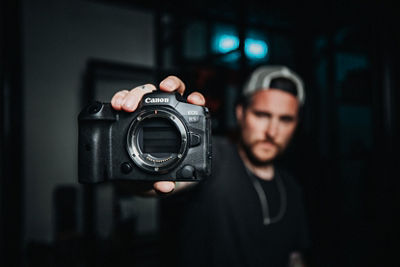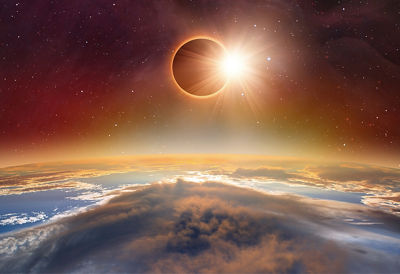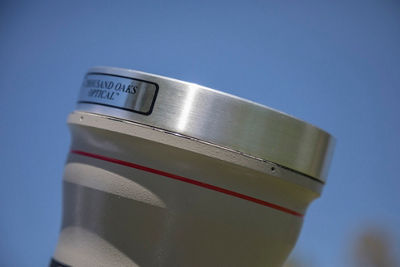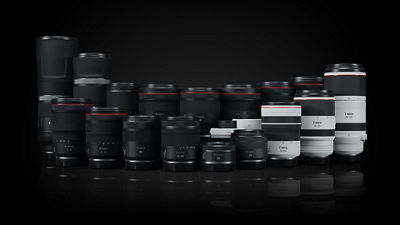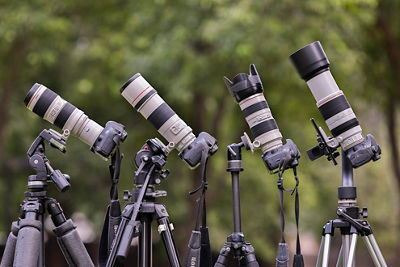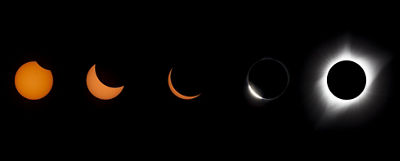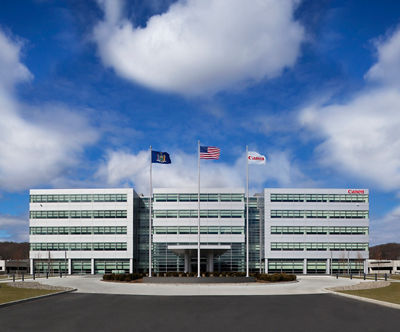North America will experience a breathtaking astronomical event on April 8, 2024 - a total eclipse of the sun. This is the second eclipse in the 21st century. The last was in 2017 and won’t happen again in North America until 2044. What makes this one different than the one in 2017 is the moon lies a bit closer to the earth making it a bit larger in the sky.
You don’t need to be a seasoned pro, anybody will be able to shoot this with the proper precautions, equipment, and techniques. Everyone from novice to professional photographers will be able to photograph it.
PowerShot Point-and-Shoot Cameras
Compact digital cameras such as Canon’s PowerShot point-and-shoot type cameras all have great image quality and are very cost efficient, but many can’t safely photograph a solar eclipse or don’t have a zoom range long enough to produce a large enough sun disk.
An exception is the PowerShot SX70 HS which can fill the frame with the sun on your LCD monitor. It has a massive 65x zoom magnification which is the equivalent of 21mm-1365mm! The front of the lens has a bayonet mount feature to accept the FA-DC67A filter adapter ring. This ring allows the mounting of a 67mm filter. The image quality of the PowerShot will generate a nice documentary image that will work well for uploading to social channels.
EOS R Mirrorless Cameras
The EOS R series of mirrorless camera will probably be the camera of choice for photographers looking for the highest image quality and most equipment flexibility. They fall into two sensor categories: the smaller APS-C sized sensor and the full-frame sensor.
Choosing a full-frame sensor camera like the EOS R5 or EOS R8 can produce high resolution images with low noise. APS-C frame cameras such as the EOS R50 or EOS R100 will benefit from the smaller APS-C sized sensor due to the 1.6x crop factor. The smaller sensor produces a cropped image compared to the uncropped full-frame sensor. Your sun disk will be significantly larger with the APS-C sensor than with the full frame sensor.
Many EOS R series cameras introduced in recent years have an Interval Timer feature, which makes it easy to plan and capture multiple still images at user-defined intervals. In some cases, there's a separate Time Lapse Video feature, which can assemble frames into a finished video file, entirely in-camera. You can compress the entire 2 1/2 - 3-hour eclipse into less than a minute.



